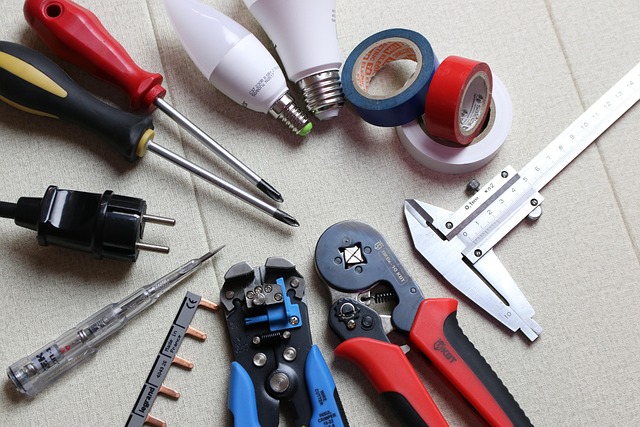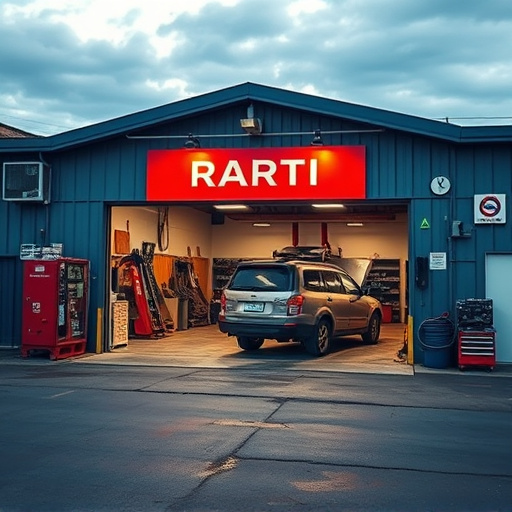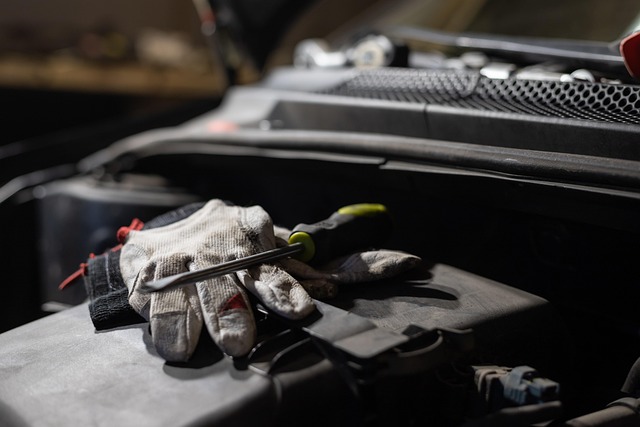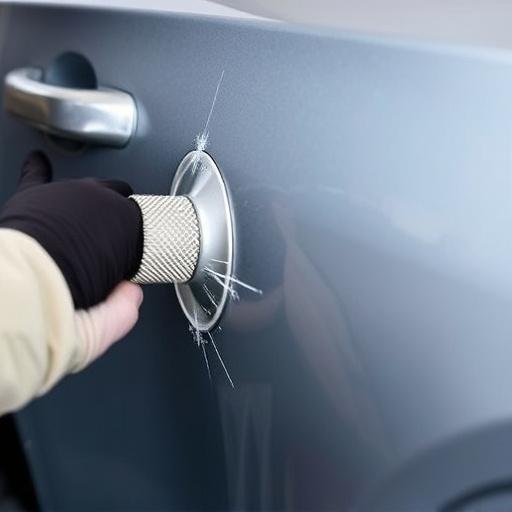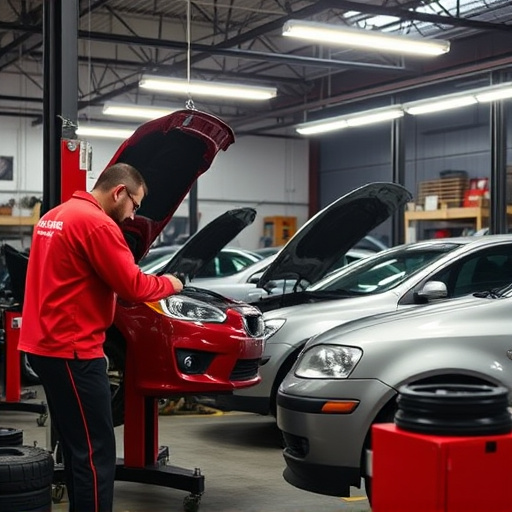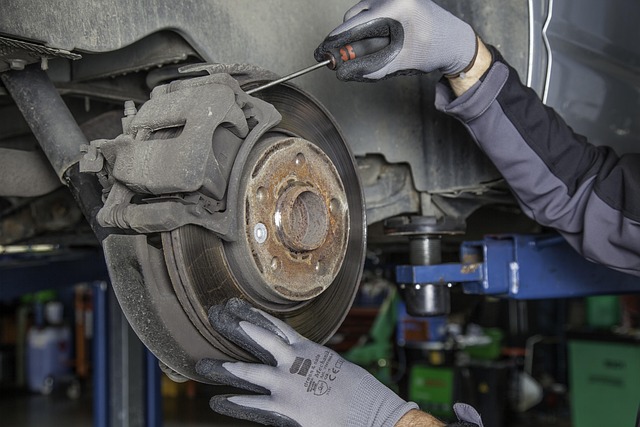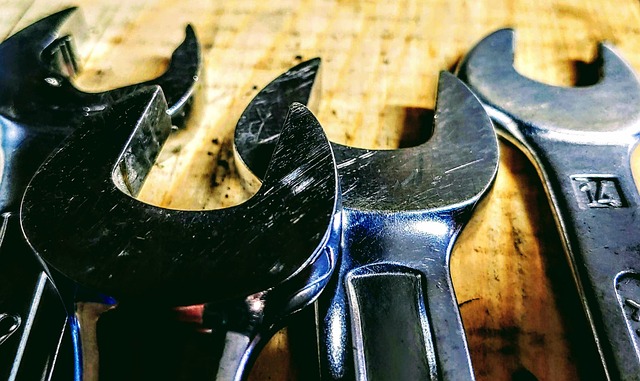Towing a vehicle directly to a collision center post-accident is crucial for efficient repair management. Utilizing modern fleet systems, real-time tracking, and seamless integration strategies minimizes downtime and optimizes services like tire repairs or dent removal. Efficient communication, digital platforms, standardized protocols, and clear documentation ensure prompt assessment, repair planning, and execution, enhancing customer satisfaction in the towing to collision center process.
Towing a vehicle to a collision center is a critical step in the automotive repair process, but its impact on scheduling repairs is often overlooked. This article delves into the process of towing to collision centers and explores its benefits for efficient vehicle restoration. We discuss how this practice influences repair scheduling, highlighting potential delays and offering strategies for seamless integration. Understanding these dynamics is key to optimizing vehicle turnaround times and enhancing overall service experiences.
- Understanding Towing to Collision Centers: The Process and Its Benefits
- Impact on Repair Scheduling: Efficient Management vs. Potential Delays
- Strategies for Seamless Integration: Optimizing the Towing Process for Better Repair Coordination
Understanding Towing to Collision Centers: The Process and Its Benefits
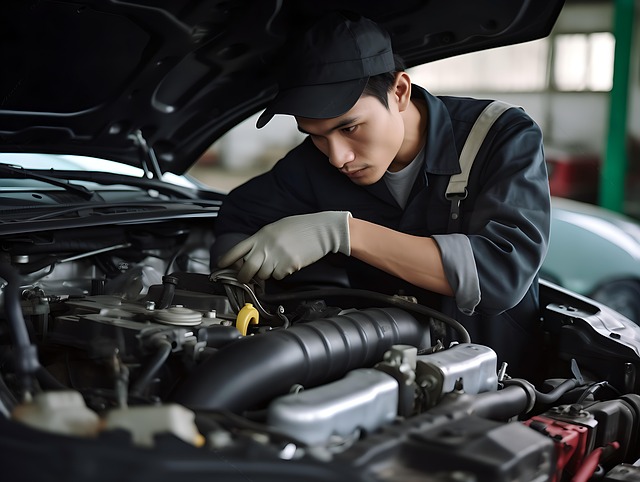
Towing a vehicle to a collision center is a crucial step in the aftermath of a car accident or when significant damage requires repairs. This process involves transporting the damaged vehicle from the incident site to a specialized facility equipped to handle various types and degrees of vehicle damage. Collision centers, also known as auto collision repair facilities, are designed to offer comprehensive services for restoring vehicles to their pre-accident condition.
The benefits of towing directly to a collision center are numerous. It ensures that the vehicle receives prompt attention from experts who can accurately assess the extent of the damage. This immediate evaluation allows for more efficient scheduling of repairs, minimizing downtime for vehicle owners. Moreover, towing to these centers facilitates access to specialized equipment and trained technicians capable of handling complex vehicle collisions, ultimately leading to faster turnaround times and higher-quality vehicle restoration.
Impact on Repair Scheduling: Efficient Management vs. Potential Delays

The process of towing a vehicle to a collision center directly influences the efficiency and timing of subsequent repair operations. Efficient management of this process can significantly streamline the scheduling of repairs, minimizing delays and maximizing productivity. Towing companies that employ modern fleet management systems and real-time tracking can ensure prompt arrival at the center, enabling immediate assessment and work commencement. This streamlined approach is particularly beneficial for collision centers with limited capacity or tight schedules, as it allows them to prioritize tasks and allocate resources effectively.
On the other hand, potential delays in towing can wreak havoc on repair scheduling. Factors such as traffic congestion, mechanical issues with the tow truck, or inaccurate location data can lead to time-consuming setbacks. These delays may cause backlogs, disrupt the workflow, and ultimately result in longer wait times for vehicle owners. Moreover, when a vehicle is not promptly towed to a collision center, the initial assessment and repair planning become more challenging, potentially increasing the complexity and duration of the overall repair process, including services like tire services or vehicle dent repair.
Strategies for Seamless Integration: Optimizing the Towing Process for Better Repair Coordination

In the context of towing to a collision center, seamless integration strategies are vital for optimizing the entire process, from pickup to delivery, ensuring better repair coordination and minimizing delays. Efficient communication is key; establishing direct lines between towing companies, collision centers, and insurance providers facilitates quick decision-making and reduces administrative burdens. Implementing digital platforms or specialized software can streamline scheduling, tracking, and damage reporting, allowing all parties to access real-time information.
Furthermore, prioritizing clear documentation and standardized protocols ensures a consistent flow of work. Detailing the condition of vehicles upon pickup and providing comprehensive repair estimates beforehand helps set realistic expectations. This proactive approach facilitates efficient vehicle routing within the collision center, enabling specialized technicians to perform fender repairs, vehicle body repairs, or car body restoration tasks promptly, thereby reducing turnaround times and enhancing overall customer satisfaction.
Towing a vehicle to a collision center is a crucial step in the repair process, offering numerous benefits such as specialized facilities and expert technicians. However, it can also introduce variables that impact repair scheduling, including potential delays. To ensure efficient management, implementing strategic optimizations in the towing process is essential. By coordinating with reliable towing services and integrating streamlined communication channels, collision centers can enhance repair coordination, ultimately leading to faster turnaround times and improved customer satisfaction.
